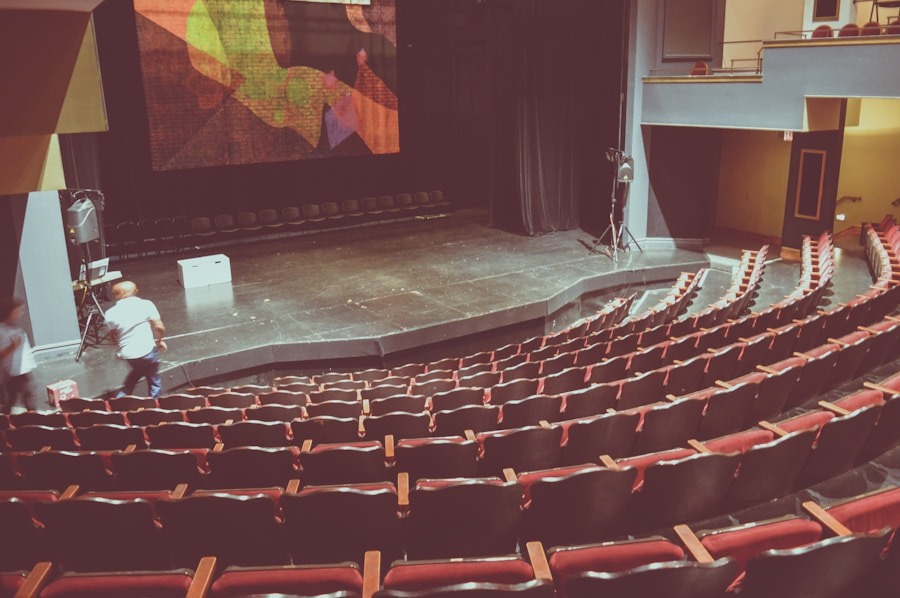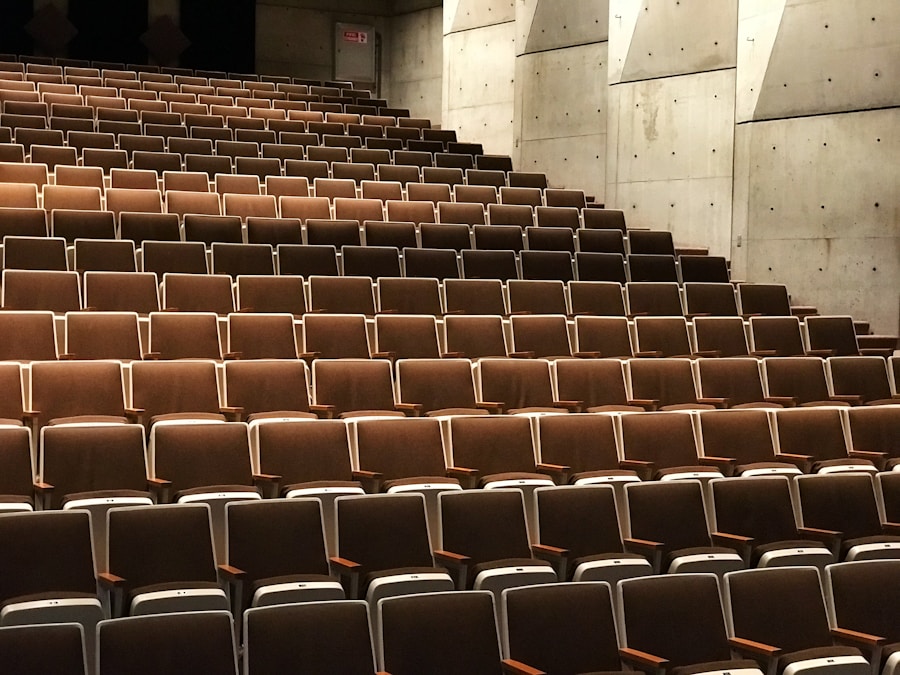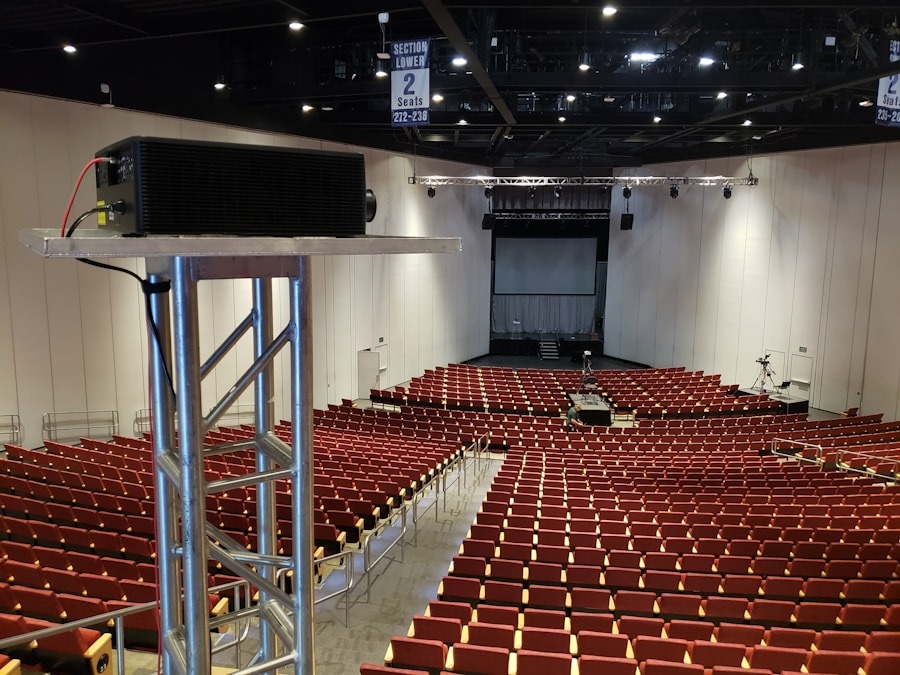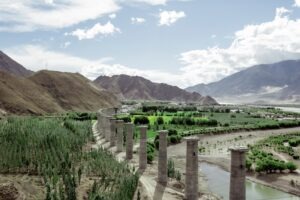The journey of theatre is a rich tapestry woven through centuries, reflecting the cultural, social, and political landscapes of its time. Traditional theatre, often rooted in ancient rituals and storytelling, served as a communal experience where audiences gathered to witness narratives that resonated with their lives. The origins of theatre can be traced back to ancient Greece, where playwrights like Aeschylus, Sophocles, and Euripides laid the groundwork for dramatic structure and character development.
These early works were performed in open-air amphitheaters, emphasizing the importance of audience engagement and the shared experience of storytelling. The themes explored in these plays often revolved around morality, fate, and the human condition, providing a mirror to society’s values and beliefs. As time progressed, theatre evolved through various cultural lenses, adapting to the changing dynamics of society.
The Renaissance marked a significant turning point, with the emergence of commedia dell’arte in Italy and the Elizabethan theatre in England. This period saw the rise of iconic figures such as William Shakespeare, whose works transcended mere entertainment to explore complex human emotions and societal issues. The introduction of indoor theatres and elaborate staging techniques allowed for more intimate performances, fostering a deeper connection between actors and audiences.
By the 19th century, the advent of realism brought forth a new wave of playwrights who sought to depict everyday life with authenticity. This shift laid the groundwork for modern theatre, which continues to challenge conventions and explore diverse narratives.
Key Takeaways
- Theatre has evolved from traditional forms to modern, experimental styles, reflecting changes in society and culture.
- Technology has greatly influenced modern theatre, allowing for innovative staging, lighting, and sound design.
- Modern playwrights play a crucial role in shaping contemporary theatre by addressing current social and political issues.
- Modern set design and technology have revolutionized stage productions, creating immersive and visually stunning experiences for audiences.
- The use of multimedia and special effects in modern theatre has enhanced storytelling and created new possibilities for creative expression on stage.
- Staging modernity in theatre presents both challenges and opportunities, requiring artists to navigate the balance between tradition and innovation.
The Influence of Technology on Modern Theatre
Lighting the Way
The incorporation of advanced lighting systems has transformed the theatrical experience. LED lighting, for instance, allows for dynamic color changes and intricate effects that can evoke specific moods or highlight pivotal moments in a performance.
Immersive Soundscapes
Sound design has also undergone a significant evolution. Modern productions often utilize surround sound systems that immerse the audience in the auditory landscape of the play, creating a more engaging experience.
Expanding the Possibilities of Set Design and Beyond
Technology has expanded the possibilities for set design and staging. Digital projections can transport audiences to different locations or create fantastical environments that would be impossible to achieve with traditional set pieces alone. Moreover, the rise of streaming platforms has opened new avenues for theatrical productions to reach wider audiences beyond traditional theatre spaces, democratizing access to theatre and challenging artists to rethink how they engage with their viewers in a digital age.
The Role of Modern Playwrights in Shaping Contemporary Theatre

Modern playwrights are at the forefront of redefining theatrical narratives and pushing boundaries within the art form. Figures such as Lin-Manuel Miranda, Tony Kushner, and Sarah Ruhl have emerged as influential voices who challenge traditional storytelling conventions and explore themes relevant to contemporary society. Miranda’s “Hamilton,” for example, reimagines American history through a diverse cast and a hip-hop score, making it accessible to younger audiences while addressing issues of race and identity.
This innovative approach not only revitalizes interest in historical narratives but also encourages discussions about representation in theatre. Furthermore, contemporary playwrights often draw from personal experiences and cultural backgrounds to inform their work. This trend has led to an increase in plays that reflect marginalized voices and experiences that have historically been underrepresented on stage.
Playwrights like Lynn Nottage and Quiara Alegría Hudes tackle complex social issues such as race, gender, and immigration through their narratives, providing audiences with a deeper understanding of diverse perspectives.
The Impact of Modern Set Design and Technology on Stage Productions
Set design has undergone a remarkable transformation in modern theatre, driven by technological advancements and innovative artistic vision. Traditional set designs often relied on static backdrops and physical props to create a sense of place; however, contemporary productions frequently utilize modular sets that can be reconfigured throughout a performance. This flexibility allows for seamless transitions between scenes and enhances the storytelling by visually representing shifts in time or location.
For instance, in productions like “Harry Potter and the Cursed Child,” intricate set designs combined with advanced stage mechanics create a magical experience that captivates audiences. Moreover, the integration of technology into set design has opened new avenues for creativity. Designers now employ digital projections to create immersive environments that can change dynamically during a performance.
This technique allows for greater artistic expression while also reducing the need for extensive physical sets, which can be costly and time-consuming to construct. Productions such as “The Curious Incident of the Dog in the Night-Time” have effectively utilized projection mapping to convey complex emotional landscapes, enhancing the audience’s understanding of the protagonist’s inner world. As a result, modern set design not only serves as a backdrop for action but also becomes an integral part of the narrative itself.
The Use of Multimedia and Special Effects in Modern Theatre
The incorporation of multimedia elements and special effects has revolutionized modern theatre, allowing for a more immersive experience that captivates audiences’ senses. The use of video projections, live feeds, and interactive technology has become increasingly prevalent in contemporary productions. For example, shows like “Sleep No More” employ multimedia elements to create an interactive environment where audience members can explore different spaces and narratives at their own pace.
This blurring of boundaries between performer and spectator fosters a unique engagement that traditional theatre often lacks. Special effects have also become more sophisticated, enabling productions to create visually stunning moments that leave lasting impressions on audiences. Techniques such as pyrotechnics, fog machines, and elaborate lighting designs can heighten emotional impact or create moments of surprise and wonder.
In “The Phantom of the Opera,” for instance, the use of trapdoors and flying effects adds an element of spectacle that enhances the storytelling while captivating viewers’ imaginations. As technology continues to advance, the possibilities for integrating multimedia and special effects into theatre are virtually limitless, pushing artists to explore new ways of engaging their audiences.
The Challenges and Opportunities of Staging Modernity in Theatre

Balancing Innovation and Tradition
Striking this balance requires playwrights and directors to thoughtfully reinterpret established texts while infusing them with contemporary relevance. Productions like “A Midsummer Night’s Dream” have successfully embraced modern interpretations by incorporating current social issues or diverse casting choices without losing the essence of Shakespeare’s original work.
Overcoming Financial Constraints
Additionally, financial constraints pose a challenge for many theatre companies striving to produce ambitious works that incorporate cutting-edge technology or elaborate set designs. Smaller theatres may struggle to secure funding for high-tech equipment or elaborate staging techniques that larger institutions can afford.
Embracing Creativity and Community
However, this limitation can also serve as an opportunity for creativity; artists are often compelled to find innovative solutions within their constraints. Community-based projects or site-specific performances can emerge from these challenges, allowing artists to engage with their local environments while fostering a sense of connection between performers and audiences. In conclusion, modern theatre is a dynamic art form that continues to evolve in response to societal changes and technological advancements. From its traditional roots to contemporary innovations, theatre remains a powerful medium for storytelling that reflects the complexities of human experience.
If you are interested in exploring the intersection of technology and art, you may also enjoy reading about Computational Fluid Dynamics (CFD) analysis in a comprehensive guide. This article delves into the intricacies of using CFD to simulate fluid flow and heat transfer, offering a fascinating look at how technology can enhance our understanding of the physical world. Check it out






















+ There are no comments
Add yours